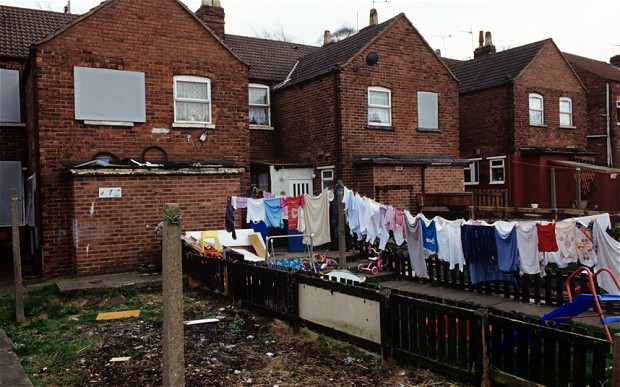4.5 million people are more than 50% below the poverty line, and 7 million people are living in persistent poverty in the UK according to a report out this morning.
The report by the Social Metrics Commission (SMC) highlights the scale of the challenge facing new Prime Minister Boris Johnson when it comes to tackling poverty across the UK.
Overall rates of poverty have changed relatively little since the millennium. The current rate of poverty is 22%, which is the same as last year and only slightly lower than the 24% seen in 2000/01.
However, this trend hides significant changes in rates of poverty among different groups. Poverty rates amongst pension-age adults fell steadily from 19% in 2000/01 to 9% in 2014/15 but have since risen slightly to 11%.
Similarly, poverty rates among children dropped from 36% in 2000/01 to 31% in 2014/15, but have now risen slightly to 34%.
Poverty rates amongst families from ethnic minorities are particularly high. Nearly half (46%) of people in families with a Black head of household and 37% of people in families with an Asian head of household are in poverty, compared to 19% of people in a family with a White head of household. However, 76% of those in poverty live in families with a head of household who is White.
One in five people in poverty live in a family where no one has any formal qualifications. This compares to 9% of those not in poverty.
One in ten people in poverty rarely or never feel close to others, compared to 4% of those not in poverty.
One in five people in poverty live in families where adults believe that people in their neighbourhood cannot be trusted. This compares to just 9% of people not in poverty.
Over two thirds of people in poverty live in families where no adult saves, compared to 38% of those in families not in poverty.
As the UK’s employment rate has increased, the proportion of working-age adults in poverty who are workless has fallen by nine percentage points since 2000/01 to 52% while since 2000/01 people in poverty are six percentage points less likely to be in a lone-parent family and three percentage points less likely to be a single pensioner. They are four percentage points more likely to be a single adult.
Philippa Stroud, Chair of the SMC and CEO of the Legatum Institute, said:
“I established the Social Metrics Commission in 2016 because I believed we needed a better understanding of poverty in the UK and a robust evidence base for policymakers to use to make decisions about how to tackle it. For too many years there has been a divisive debate about how to measure poverty, which has distracted focus from the action needed to drive better outcomes for the most disadvantaged people in society.
“It is concerning that overall poverty has remained at almost the same level since the early 2000s, under Governments of all colours. But it is also clear that beneath the surface there are significant differences in the experience of poverty among different groups of people. Decisions made by policymakers can have a significant impact on who is in poverty and how deep and persistent that poverty is. These new findings highlight the urgent need for a more united and concerted approach.
“The Commission brings together perspectives from the right and left, and all of us are committed to establishing a consensus on poverty measurement. I call on people and organisations from across the political spectrum to support this new approach so that we can all put our energy into creating the policies and solutions that build pathways out of poverty.”







